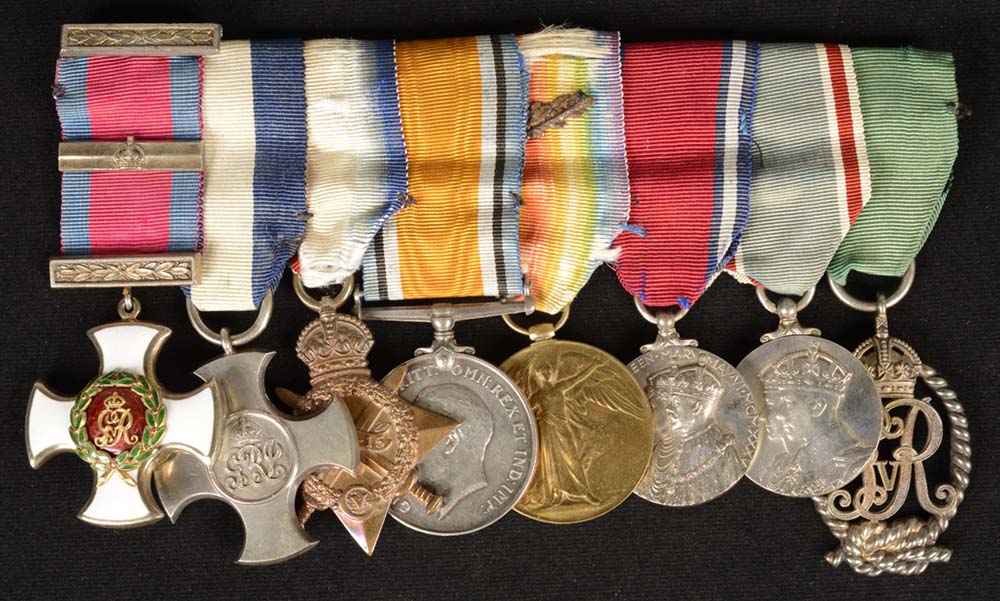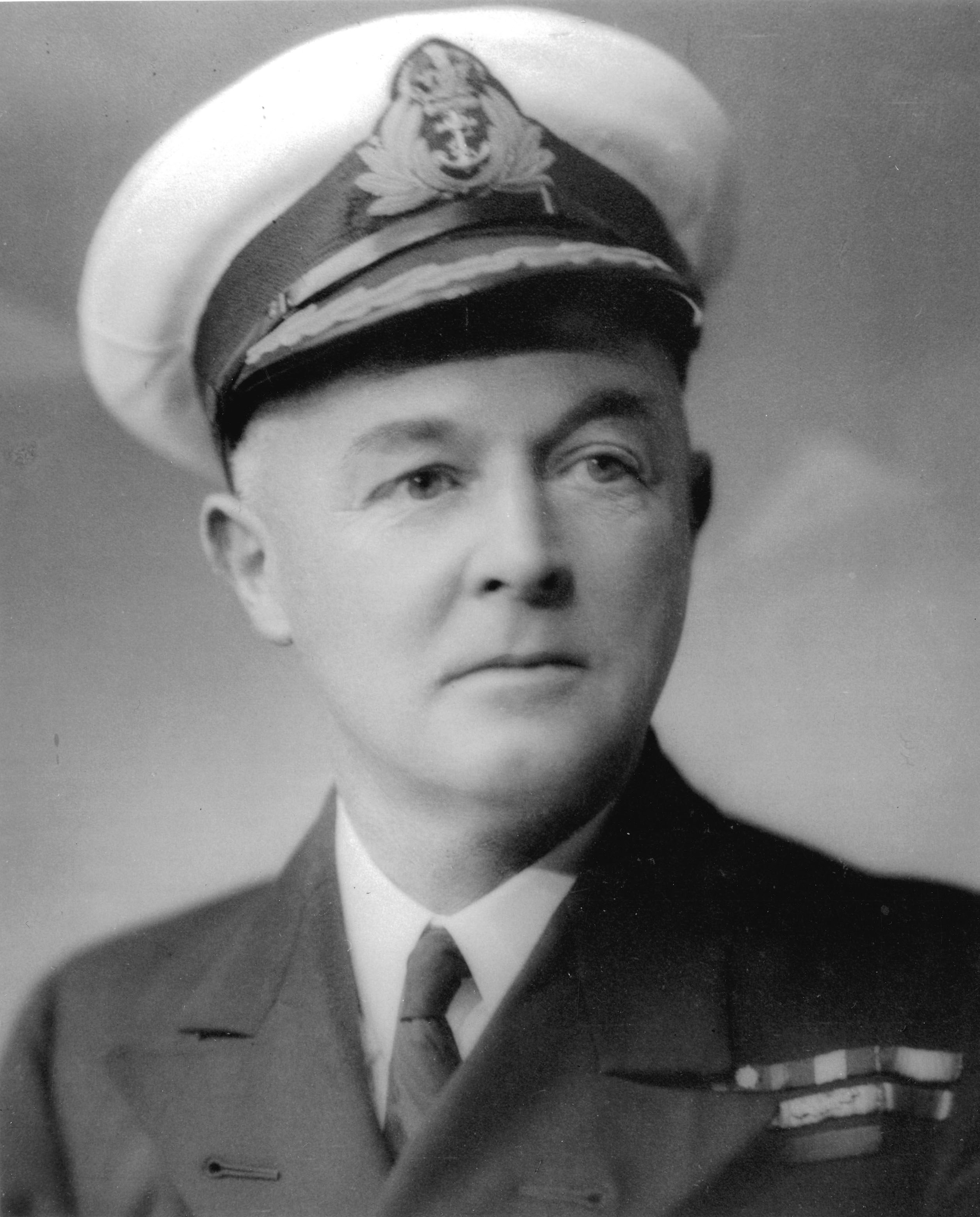

Display No. 16I
OLPHERT, Wybrants
Wybrants Olphert joined the Merchant Navy in 1893 aged fourteen as a cadet. He served in the training ship HMS Worchester. In 1895 he joined the New Zealand Shipping Company as an apprentice officer and served in the sailing ship Rakaia. In 1902 Olphert enlisted in the Royal Naval Reserve (RNR) and was commissioned as a Sub Lieutenant.
At the outbreak of the First World War, Olphert was called to duty and served on armed yachts in British Waters. He was given command of HMS Scadaun, working off the coast of Ireland. On 21 June 1915 he sank a German U-Boat for which he was awarded the Distinguished Service Cross (DSC) and was Mentioned in Despatches (MiD). Olphert was subsequently posted to HM Ships Colleen, Actaeon and Pactolus before taking command of HMY Pioneer II. During this time he was engaged in the salvage of the captured German ship Terpsichore. Olphert then volunteered for service in Q-ships, the armed vessels disguised as an unarmed merchant ships. He was then posted to HMS Salvia, where he encountered and sank three U-Boats. For this he was awarded the Distinguished Service Order (DSO). However, while sinking the third U-Boat in June 1917 his craft was also sunk. He survived the sinking and was taken as a prisoner of war. Olphert spent 18 months in a German prisoner of war camp. He was awarded a bar to his DSO upon his return to London in December 1918.
After the war, Olphert married a New Zealander and moved to Wellington. He settled in Lower Hutt working as a merchant captain for The New Zealand Shipping Company eventually becoming the Marine Superintendent. Olphert was instrumental in reviving the Royal Naval Volunteer Reserve (RNVR) in Wellington in 1928 and was appointed to command the division. In 1950 the Wellington Division of the Royal New Zealand Volunteer Reserve was commissioned as HMNZS Olphert in his memory.
Awarded medal(s)
Medal Description [Left to Right]:
Companion of the Distinguished Service Order (DSO)
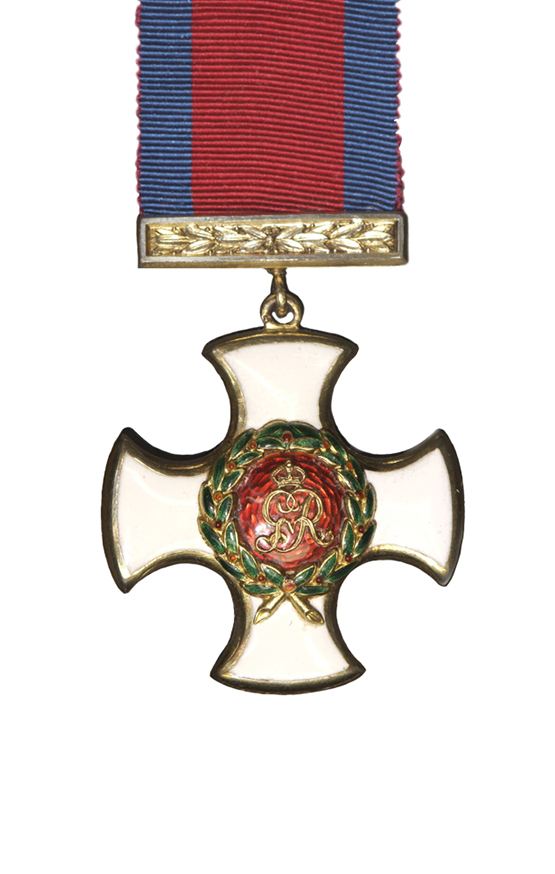
The Companion of the Distinguished Service Order (DSO) was instituted in 1886, to recognise acts of gallantry by military officers for which a Victoria Cross was not considered appropriate. In 1942, the regulations were amended to allow the award to be made to officers of the Merchant Navy for gallantry in the presence of the enemy. Following a UK review of gallantry awards in 1993, the purpose of the DSO was changed to recognise outstanding leadership at all ranks. At that time the Conspicuous Gallantry Cross replaced the award of the DSO for gallantry. The DSO was awarded to over 300 New Zealanders during both World Wars. The DSO is no longer awarded in New Zealand since the introduction of New Zealand’s own system of gallantry and Bravery awards in 1999. Bars are awarded for subsequent acts of gallantry. The ribbon is red with narrow blue edges.
The Distinguished Service Cross (DSC)
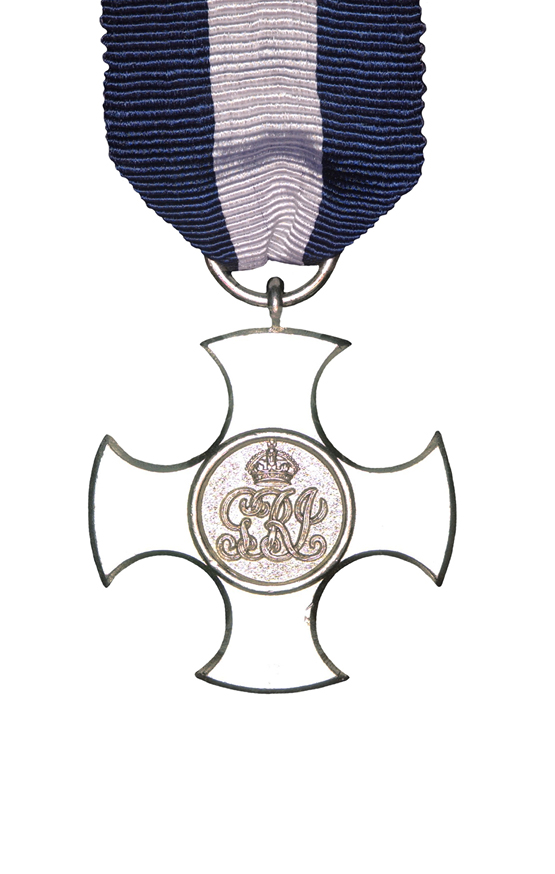
Instituted in 1901, as the Conspicuous Service Cross, this award was renamed the Distinguished Service Cross (DSC) in 1914. It was awarded to junior naval officers and senior naval ratings for courage and devotion to duty on active service. Eligibility was later extended to officers of the Merchant Navy and to Army and Air Force officers serving in HM Ships. Many New Zealand naval officers were awarded the DSC for their actions during the Second World War. Since 1993 the DSC has been made available to all ranks in the United Kingdom. The ribbon has three equal stripes of dark blue, white and dark blue. Bars are awarded for subsequent courageous acts.
The 1914-1915 Star
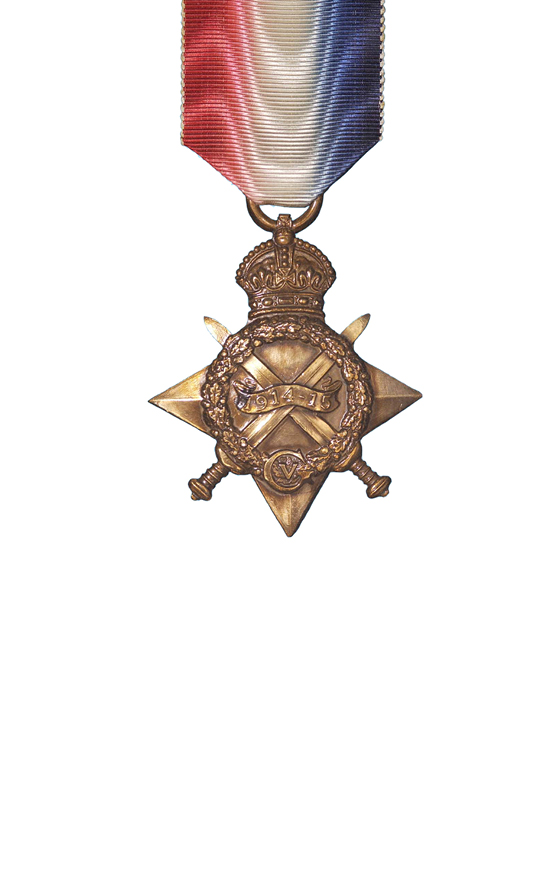
The 1914-15 Star was awarded to servicemen and servicewomen who served in the First World War between 5 August 1914 and 31 December 1915 in any “theatre of war”, provided they had not qualified for the 1914 Star. This included service at Gallipoli between 25 April 1915 and 31 December 1915, service in Egypt between 5 November 1914 and 31 December 1915, and service during the capture of German Samoa on 29 August 1914. Those eligible for the medal must have “served on the establishment of a unit in a theatre of war” during the relevant dates of operations in that area. The ribbon’s red, white and blue shaded and watered bands represent the flag of the United Kingdom.
The British War Medal
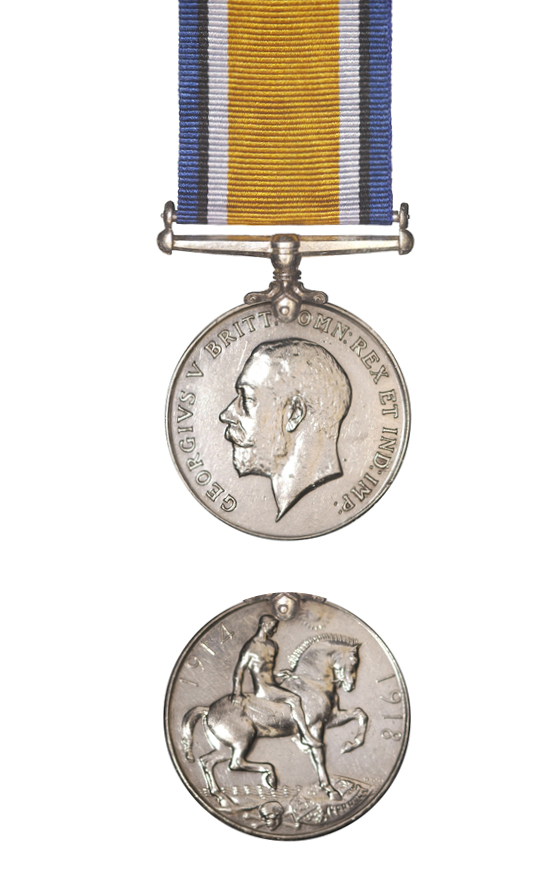
The British War Medal was instituted in 1919 to recognise the successful conclusion of the First World War (1914-1918). Its coverage was later extended to recognise service until 1920, recognising mine clearing operations at sea, and participation in operations in North and South Russia, the eastern Baltic, Siberia, the Black Sea and the Caspian Sea.
The Victory Medal
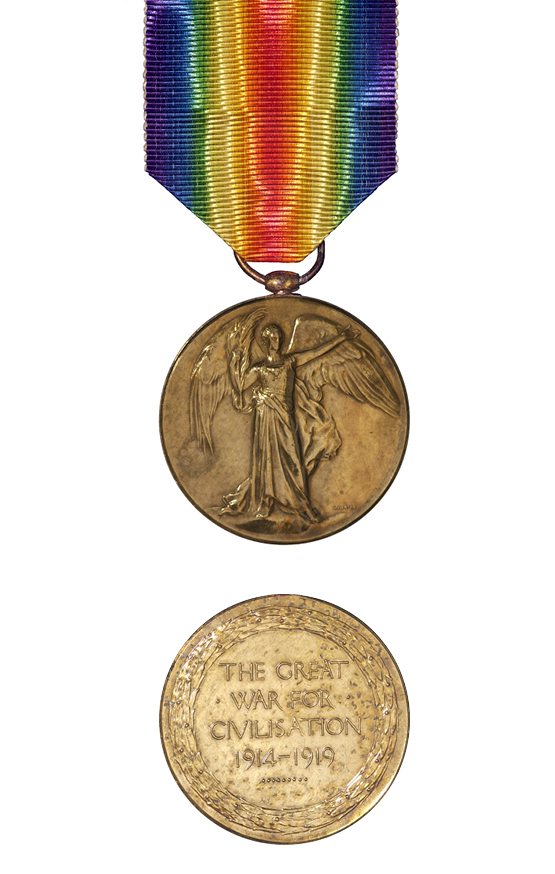
The Victory Medal was awarded in the First World War to all those who had already qualified for the 1914 Star or the 1914-15 Star, and to most persons who had already qualified for the British War Medal. The Victory Medal was awarded to all New Zealand troops serving overseas, except for those who arrived in Samoa after 30 August 1914 and those serving in Great Britain only. It has a unique double rainbow ribbon.
A bronze spray of oak leaves on the medal ribbon denotes that the recipient was Mentioned in Despatches during the period that the medal recognises. To be Mentioned in Despatches a member of the armed forces has had their name mentioned in an official report, written by a superior officer, and sent to a higher command. The report would describe the individual’s gallant or meritorious action in the face of the enemy.
Jubilee Medal 1935
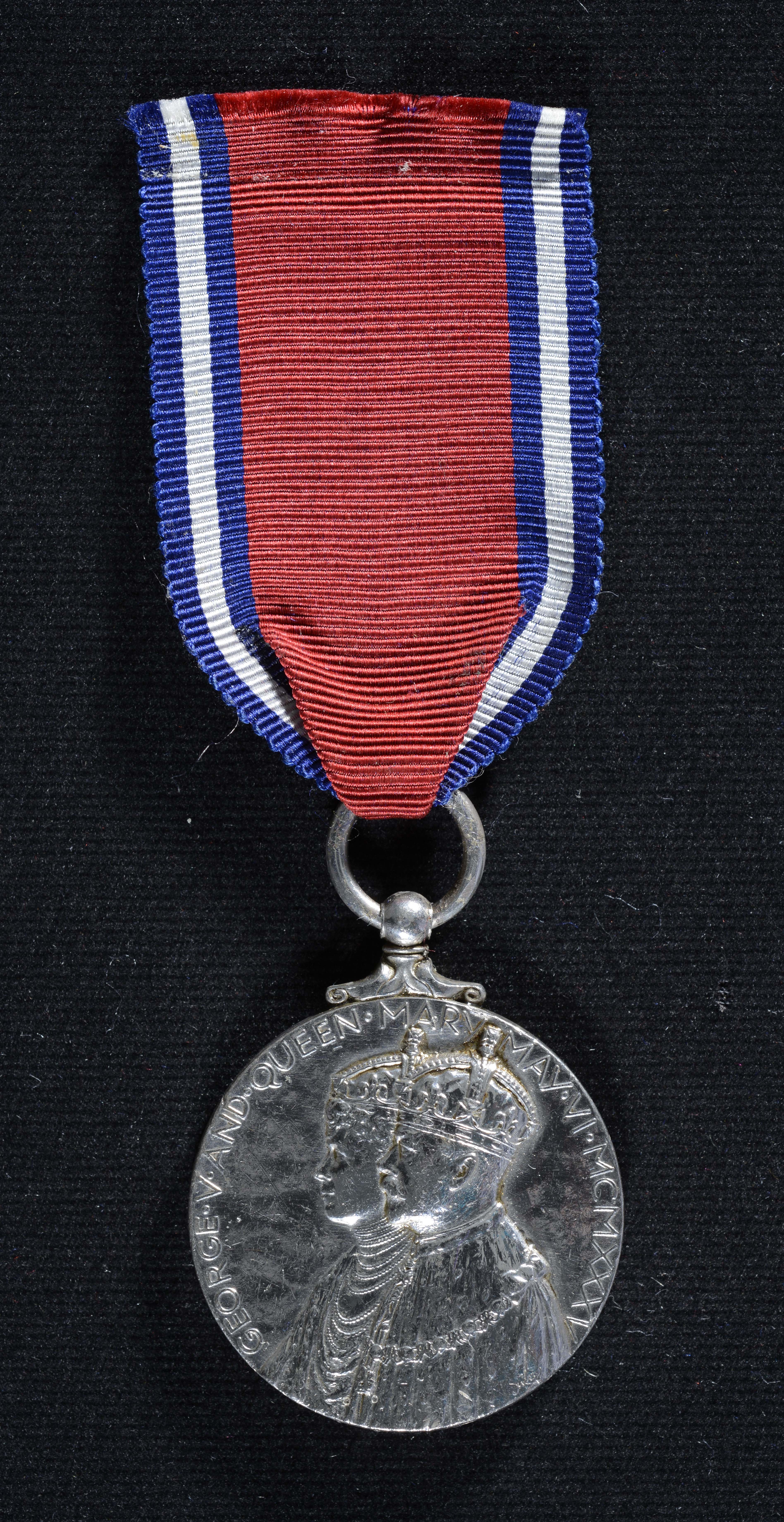
A commemorative medal instituted to celebrate the 25th anniversary of the accession of King George V.
Coronation Medal 1937
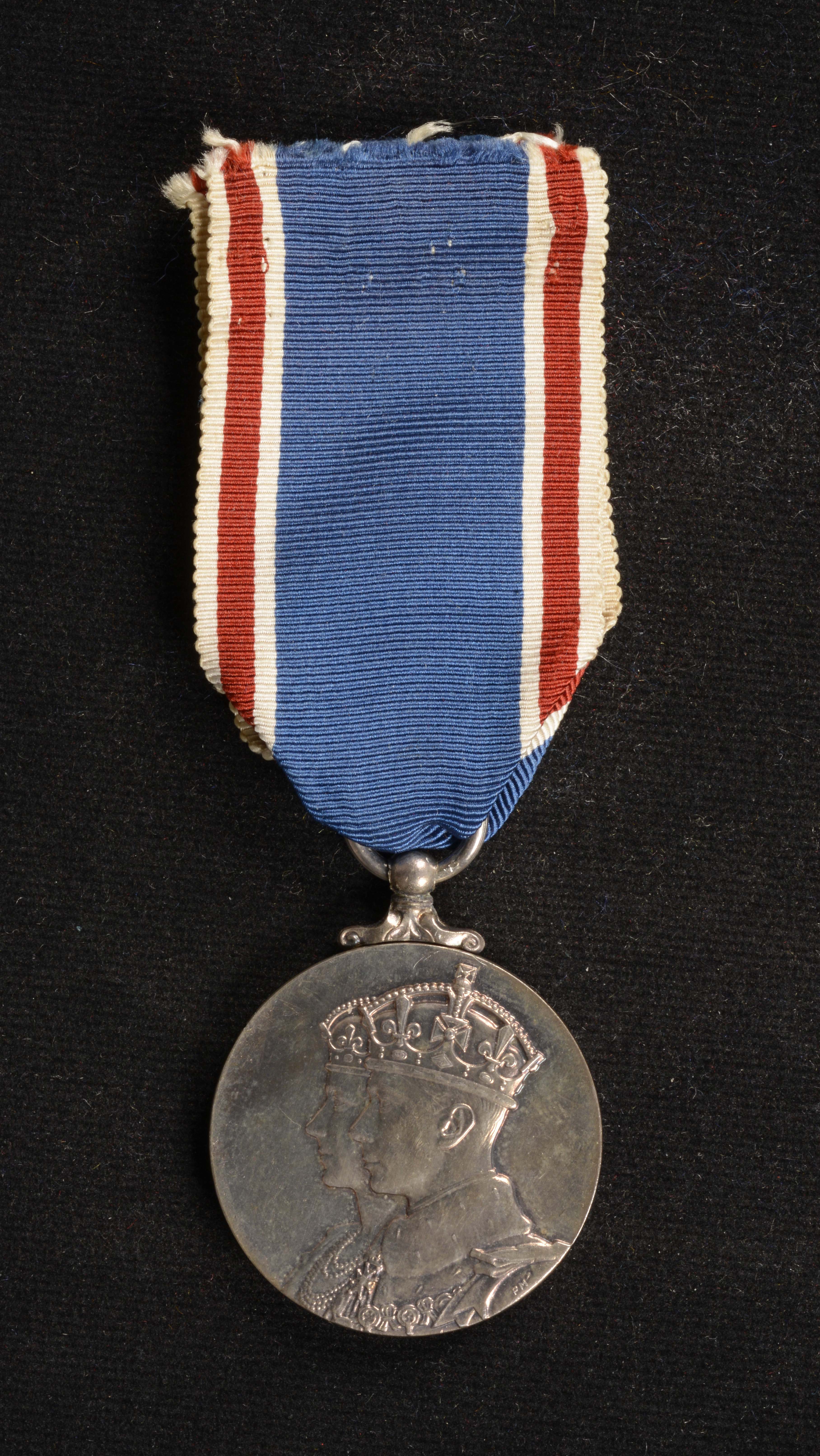
This medal was issued to celebrate the Coronation of King George VI in 1937. This silver medal was awarded in large numbers to citizens of the British Commonwealth including New Zealanders, both military and civilian.
Royal Naval Reserve Decoration
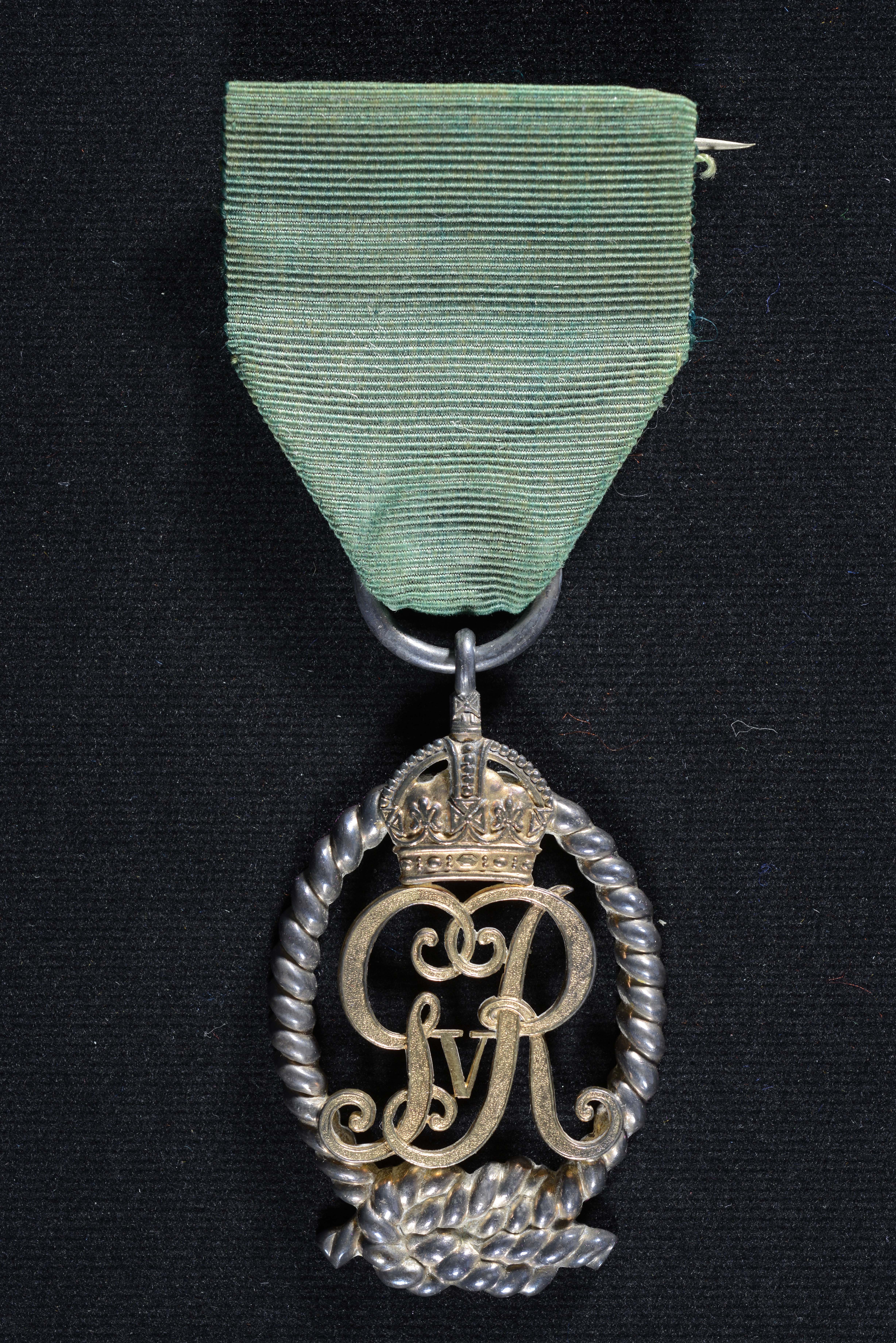
Instituted in 1908, the Royal Naval Reserve Decoration was awarded to commissioned officers in the Royal Naval Reserve after fifteen years of service; active wartime service counting as double. Recipients are entitled to use the postnominal letters RD. White edging was added to the original plain dark green ribbon in 1941. The VRD was discontinued in the United Kingdom in 1966 but continued to be issued in New Zealand, instituted in 1985 as the Royal New Zealand Naval Volunteer Reserve Decoration with qualifying service backdated to 1977. The New Zealand RD is the exact same design as the RNR Decoration and uses the white edged green ribbon.

